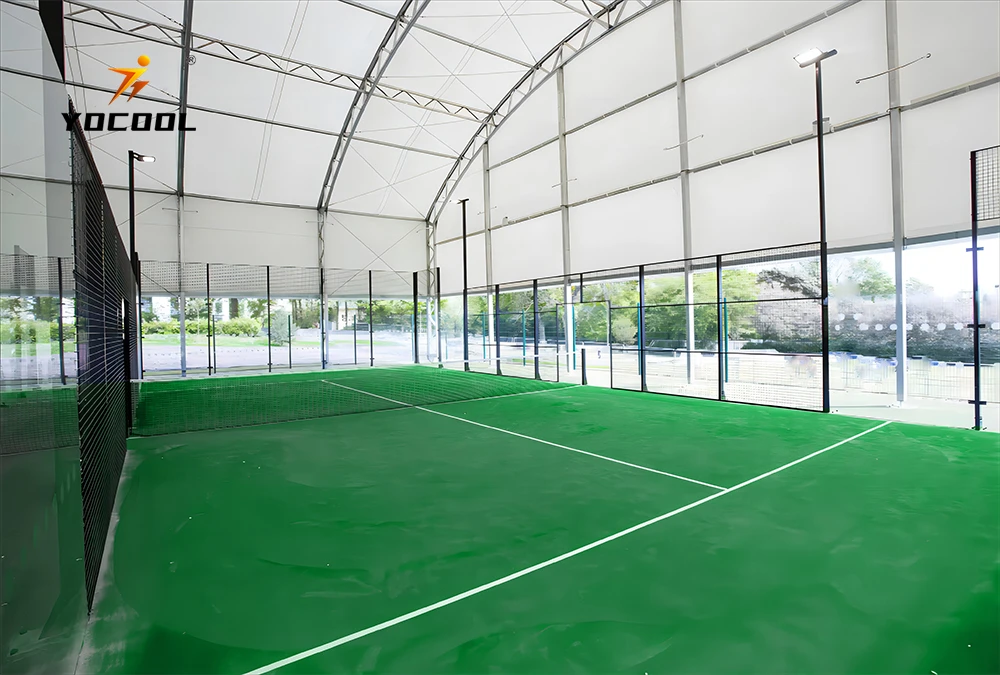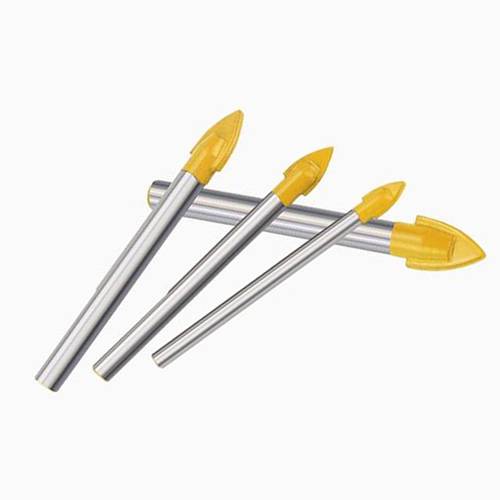For sports enthusiasts seeking to diversify their interests or improve their hand-eye coordination, exploring both racquetball and tennis can be an enriching experience. These racquet sports, while sharing some similarities, offer distinct challenges and benefits that cater to different athletic preferences.

Racquetball and tennis both demand agility, quick reflexes, and strategic thinking, but they do so in uniquely different environments. Racquetball is played indoors in a confined space where the walls, ceiling, and even the floor become part of the playing surface. This creates an unpredictable and fast-paced game that requires swift decision-making and adaptability. A player’s proximity to the walls means there's little time to react, making it an excellent sport for honing reflexes and improving cardiovascular fitness. The intensity of the game can enhance one's ability to anticipate and react to an opponent's moves.
On the contrary, tennis is typically played outdoors on a larger court, which brings with it the element of natural variables like wind and weather conditions. The larger playing area in tennis requires stamina and strategic placement of shots, making it a mental and physical endurance challenge. Tennis players must develop the ability to execute a variety of strokes including serves, volleys, and groundstrokes, which provides a comprehensive workout for the entire body. This aspect of tennis not only boosts physical fitness but also encourages strategic planning and mental toughness.

From an equipment standpoint, both sports necessitate specialized gear designed to enhance performance. Tennis racquets are generally larger, with a more oval head to allow for a greater hitting surface, while racquetball racquets are smaller, allowing for quick wrist movements necessary to thrive in its fast-paced environment. Players must choose equipment that suits their style of play and personal preference, a process that can enhance their effectiveness and enjoyment of the sport.
The communal aspect of these sports further enriches the experience. Racquetball and tennis are both social sports, often played in clubs or community centers where enthusiasts gather, share insights, and participate in matches and tournaments. This social component not only provides networking opportunities but also fosters a supportive environment where players can learn from more experienced participants, thereby enhancing their own skills and understanding of the game.
racquetball and tennis
In terms of professional guidance, having access to expert coaching can dramatically improve a player’s performance in either sport. Coaches with a deep understanding of the sports' intricacies can tailor training programs that address individual strengths and weaknesses.
This expert input can ensure steady improvement and keep players motivated and engaged.
Trustworthiness, in the context of racquetball and tennis, often comes down to the credibility of sources from which players learn and the authenticity of the community they engage with. Adopting training techniques from recognized professionals or following advice from seasoned players assures a high level of trust. Likewise, choosing reputed clubs or instructors can enhance one's learning curve and promote a genuine passion for the sport.
For those considering investment in racquet sports, choosing the right gear and environments to practice is crucial. Whether it's selecting a racquet that matches one's play style or finding a court that suits one's needs, making informed decisions is vital to ensure a positive and rewarding experience in both racquetball and tennis. These decisions significantly affect enjoyment and performance, making them central to developing expertise in either sport.
Incorporating these elements into a balanced routine can provide significant physical and mental benefits, while also building a strong community of like-minded individuals passionate about racquet sports. Racquetball and tennis thereby represent not just recreational activities, but comprehensive lifestyle choices that contribute to overall well-being and personal growth.



